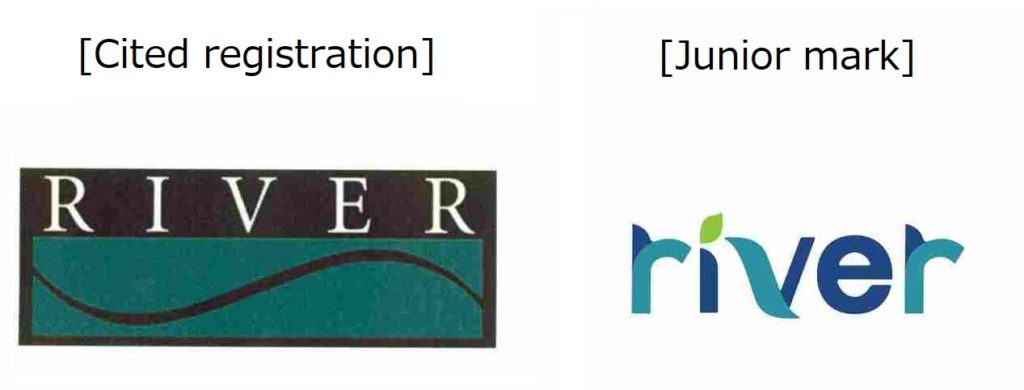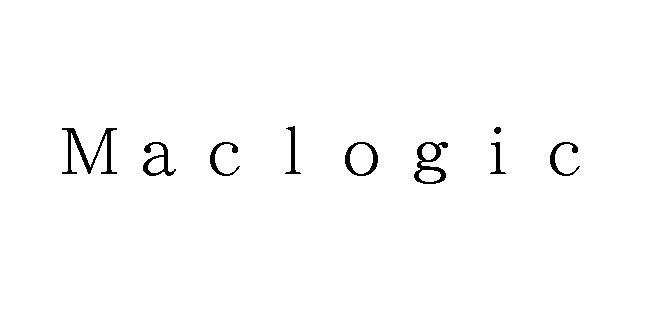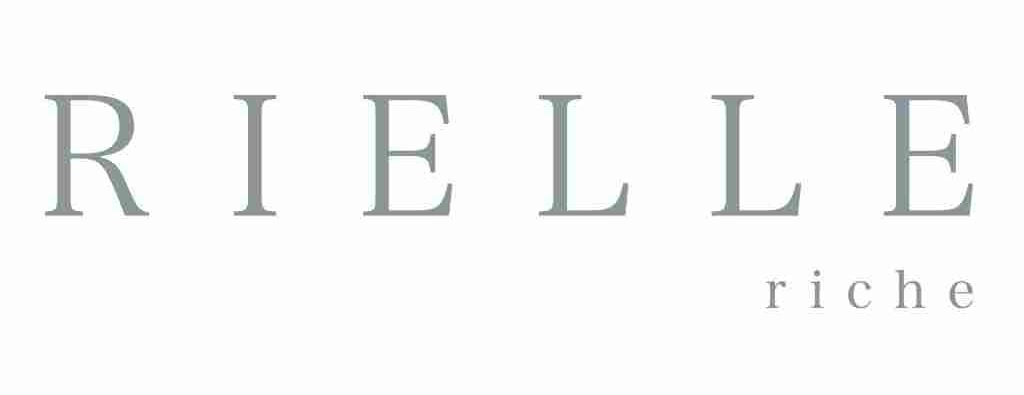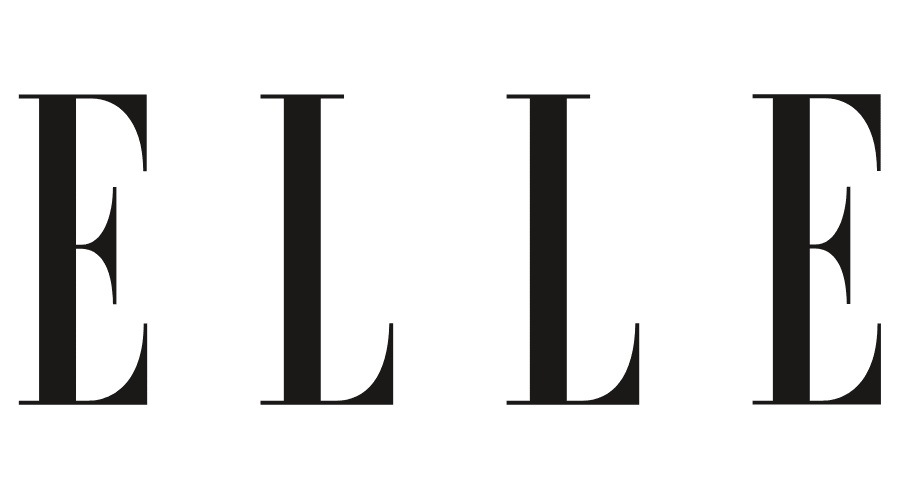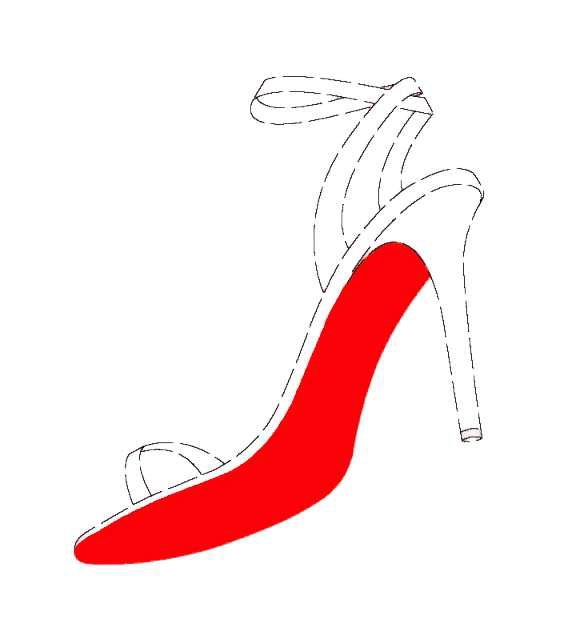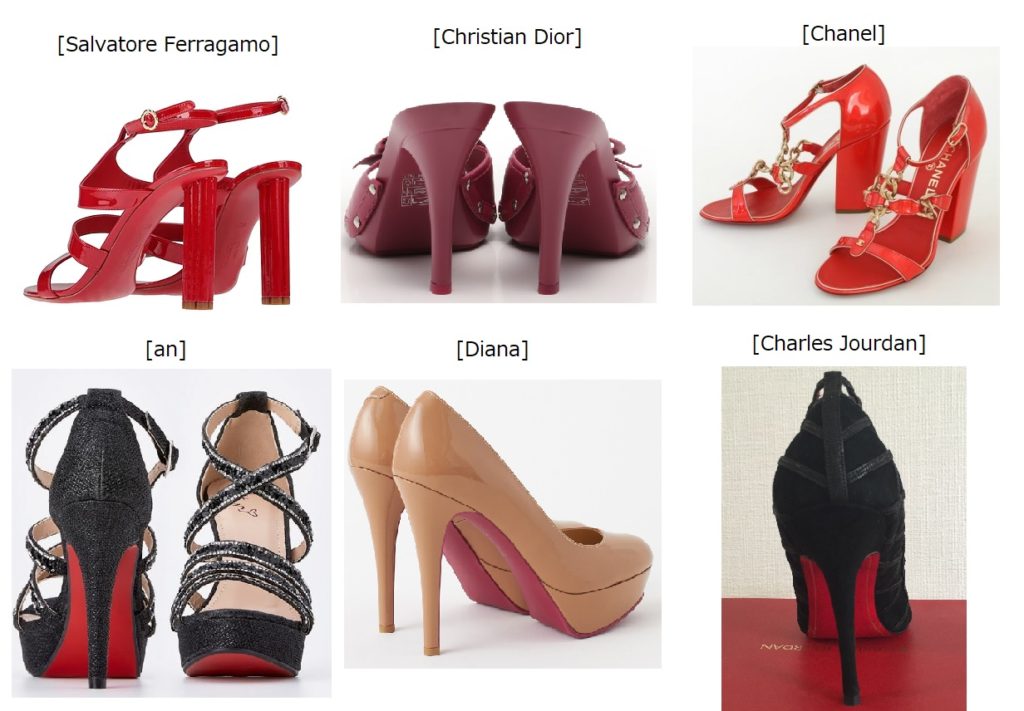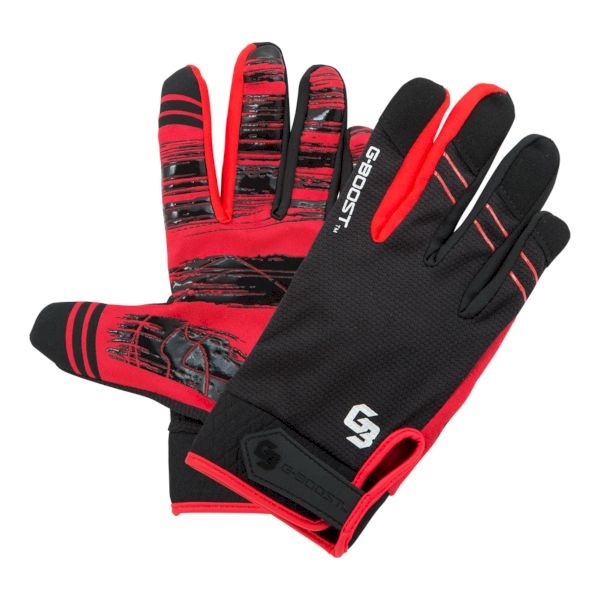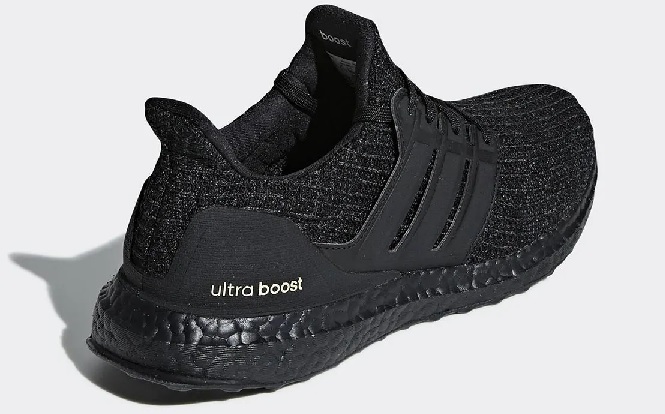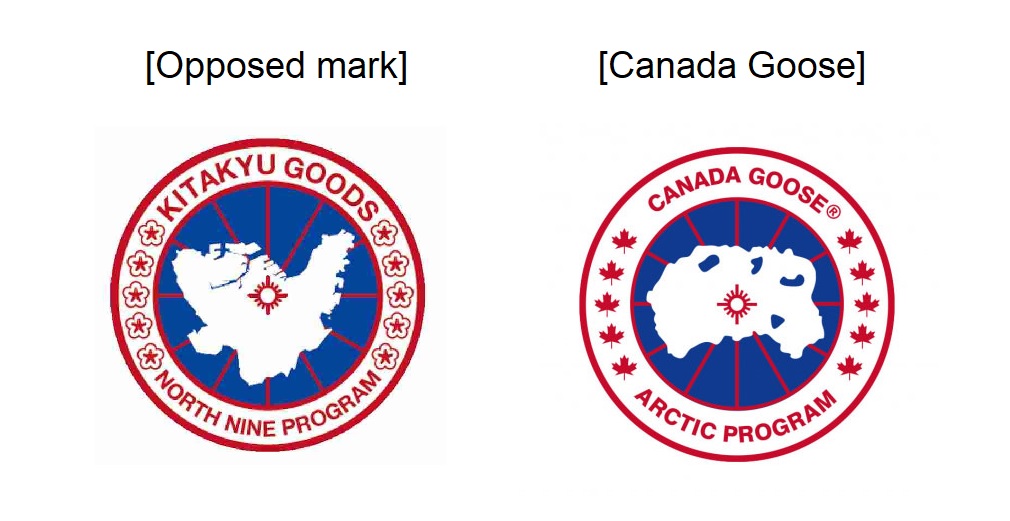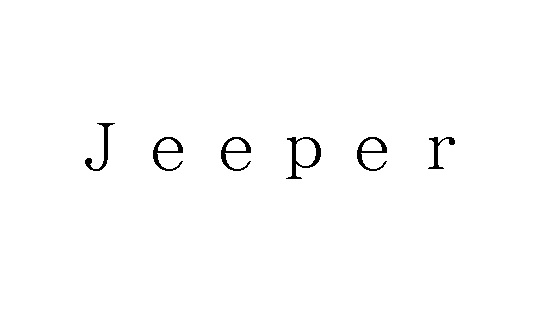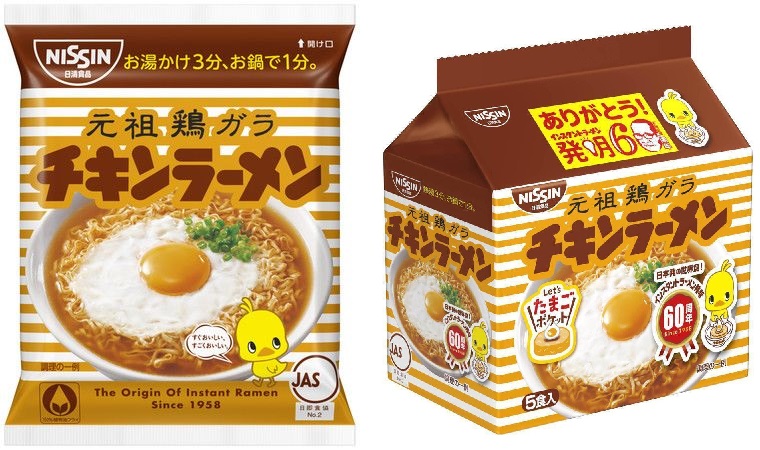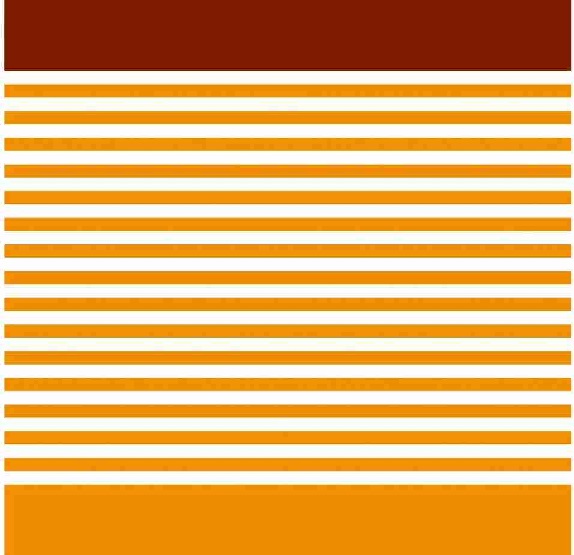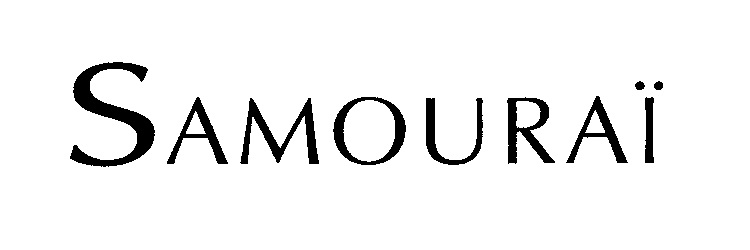The Opposition Board of Japan Patent Office (JPO) sided with PUMA SE in trademark opposition against TM Reg no. 6269999 for the stripe device by finding a likelihood of confusion with PUMA’s iconic “Formstrip”.
[Opposition case no. 2020-900248, decision date: June 21, 2022]Opposed mark
The opposed mark (see below right) was filed with the JPO in the name of Strato Trading Group Inc, a US company, for use on footwear, sports shoes, headwear, trousers, pants, bottoms, jackets, tops, and shirts in class 25 on July 29, 2019.
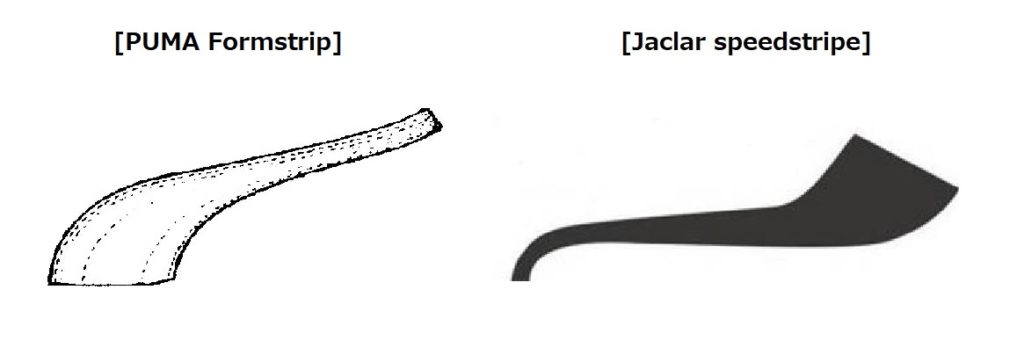
The JPO examiner did not issue any office action and granted protection of the opposed mark on June 16, 2020 (TM Reg no. 6269999). The opposed mark was published for opposition on August 4, 2020.
PUMA Formstrip
MARKS IP LAW FIRM, as a representative of PUMA SA, filed an opposition against the opposed mark on October 1, 2020, and argued the mark shall be canceled in contravention of Article 4(1)(xi) and (xv) of the Japan Trademark Law by citing earlier trademark registrations for famous Formstrip mark (see above left) in class 25.
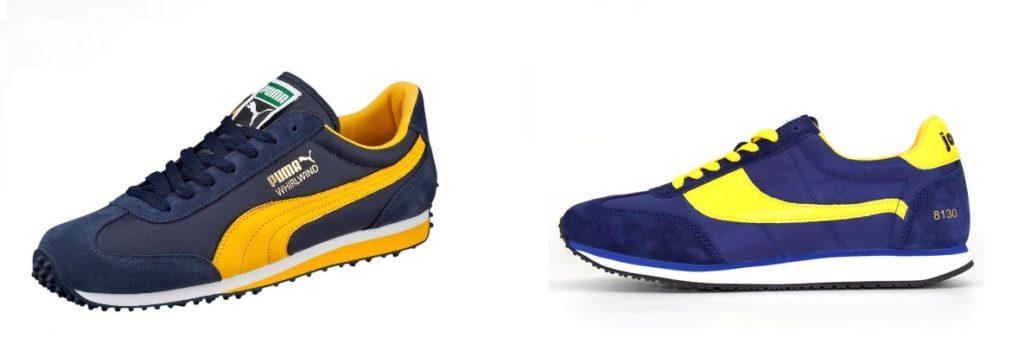
In 1958 PUMA trademarked their “Formstrip” – an ever-expanding band of color that extended from the heel of the shoe, before diving into the soles along the sides. This particular shape was originally created to stabilize the foot inside the shoe, is now a typical PUMA trademark found on almost all PUMA shoes, and is used as a design element on our apparel products.
JPO Decision
By taking into consideration the produced evidence and substantial use of the cited mark on PUMA shoes that have annual sales exceeded JP15billion-yen and held a 4% market share in Japan for long years, the Opposition Board found “the Formstrip mark is highly distinctive and has acquired a remarkable degree of reputation and popularity as a source indicator of PUMA shoes among relevant consumers at the time of filing and registration of the opposed mark.
Besides, the Board found a high degree of similarity of marks by stating that both marks have the similar configuration of gradually becoming narrower and narrower with a gentle curve from a wide width. Although there are some differences in detail, such as the slight curvature at the narrow end, the opposed mark can be conceived of as a reversed version of the Formstrip.
In view of a close association between the goods in question and PUMA’s business, attention to be paid by relevant consumers, and the totality of circumstances and transactions in the relevant industry, the Board has a reasonable ground to believe that relevant consumers and traders are likely to confuse the source of the goods bearing the opposed mark from PUMA or an entity economically or systematically connected with PUMA.
Based on the foregoing, the Board decided to cancel the opposed mark entirely in contravention of Article 4(1)(xv) of the Japan Trademark Law.

